iPhone 5 9 Male Pin Lightning Connector Unsoldered, Comes in 3 Pieces. Easy to Assemble.
Sold By Makertronic
This product is no longer available for sale.
The seller may be offering an improved version or it may be hanging out on the beach, enjoying the retired life.
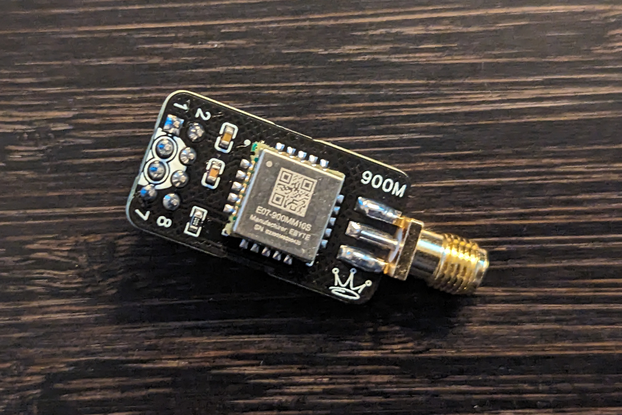
$15.00
Free Shipping!
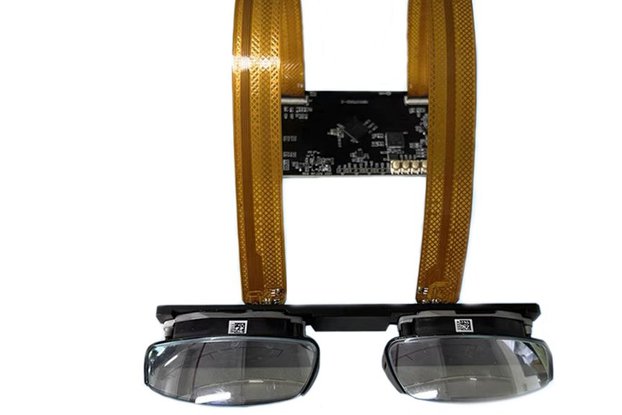
$558.00
Free Shipping!
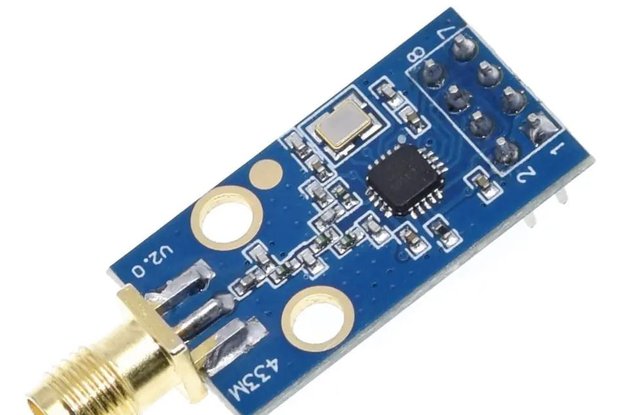
$5.75
Free Shipping!
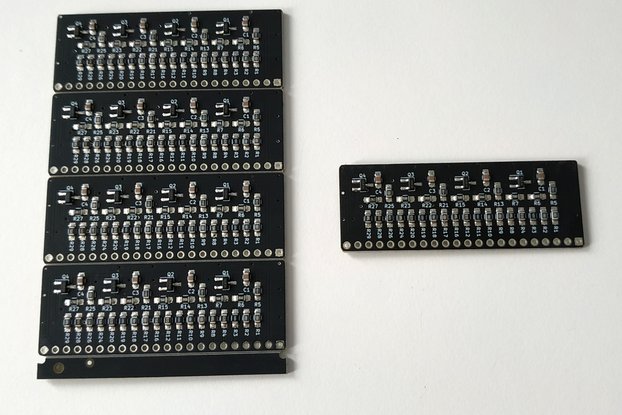
$15.00
Free Shipping!
IPhone 5 9 Male Pin Lightning Connector Unsoldered, Comes in 3 Pieces. Easy to Assemble. Fits iPhone 5 Lightning Dock Connector Socket. Color: White Lightning is the "new" connector supported by i…
Read More…iPhone 5 9 Male Pin Lightning Connector Unsoldered, Comes in 3 Pieces. Easy to Assemble.
Fits iPhone 5 Lightning Dock Connector Socket.
Color: White
Lightning is the "new" connector supported by iPhone 5 and newer, iPad mini 1G and newer, iPad 4 and newer, and iPod touch 5G. (For the old connector, see 30-pin Connector.) It was presented by Tim Cook at an Apple Special Event on September 12, 2012. According to Apple, it as an all-digital connector and "features an adaptive interface that uses only the signals that each accessory requires and also is 80% smaller as well as orientation independent." Lightning is adaptive.
All 8 pins are used for signals, and all or most can be switched to be used for power. The outer plug shell is used as ground reference and connected to the device shell. At least one (probably at most two) of the pins is used for detecting what sort of plug is plugged in. All plugs have to contain a controller/driver chip to implement the “adaptive” thing. The device watches for a momentary short on all pins (by the leading edge of the plug) to detect plug insertion/removal.
The pins on the plug are deactivated until after the plug is fully inserted, when a wake-up signal on one of the pins cues the chip inside the plug. This avoids any shorting hazard while the plug isn’t inside the connector. The controller/driver chip tells the device what type it is, and for cases like the Lightning-to-USB cable whether a charger (that sends power) or a device (that needs power) is on the other end. The device can then switch the other pins between the SoC’s data lines or the power circuitry, as needed in each case.
Once everything is properly set up, the controller/driver chip gets digital signals from the SoC and converts them – via serial/parallel, ADC/DAC, differential drivers or whatever – to whatever is needed by the interface on the other end of the adapter or cable. It could even re-encode these signals to some other format to use fewer wires, gain noise-immunity or whatever, and re-decode them on the other end; it’s all flexible. It could even convert to optical.
Flower Mound, TX, United States of America
Ships from United States of America.
4 Reviews | 85 Orders

$12.00
Free Shipping!
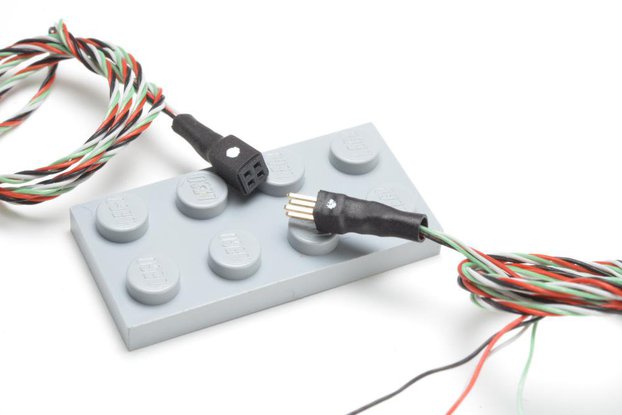
$10.99
Free Shipping!
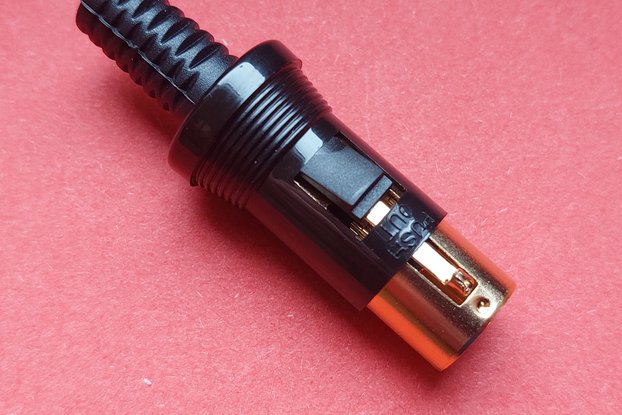
$5.00
Free Shipping!

$12.00
Free Shipping!
By clicking Register, you confirm that you accept our Terms & Conditions
We recognize our top users by making them a Tindarian. Tindarians have access to secret & unreleased features.
We look for the most active & best members of the Tindie community, and invite them to join. There isn't a selection process or form to fill out. The only way to become a Tindarian is by being a nice & active member of the Tindie community!
